The characteristics of various reactors and the issues to be considered when designing mechanical seals
 Nov 23,2021
Nov 23,2021

 JCT
JCT
The reaction kettle is generally composed of four parts: a kettle body, a stirrer, a transmission mechanism and a shaft sealing device. According to the installation position of the stirring shaft, it can be divided into three types: the plug-in reactor at the top of the stirring shaft, the plug-in reactor at the bottom and the side-entry reactor. The characteristics of different reactors and the issues to be considered when designing mechanical seals are as follows:
1. Top consumption reactor
The kettle has a wide range of applications. The sealing device is arranged on the upper part of the reaction strategy. It is in the gas phase space (the liquid is only when the material is full), in order to avoid dry friction of the seal. A certain lubrication and cooling method is required. A vertically installed stirring shaft is inserted into the top of the reactor, which has a large length-to-diameter ratio. If it is added and the installation accuracy is low, greater deflection will occur. During operation, the stirring liquid is not uniform. The liquid level is too low or there is vortex, the feed is uneven or the reaction is not well controlled, the pressure and temperature fluctuations cause the deformation of the stirring shaft and the kettle body, and the sudden change of the stirrer speed or the temperature drop leads to the viscosity of the polymer Factors such as elevation will aggravate the vibration of the stirring shaft.
The stirring shaft of the reactor has a large length-to-diameter ratio, and an intermediate bearing is usually provided to provide a relatively vibration-free factory environment for the seal, so that the seal runs smoothly
2. Bottom plug-in reactor
The characteristic of the reactor is that the stirring shaft is short. The bending stress of the shaft is small, so the calculation of the shaft diameter is small, labor-saving and material-saving. The short shaft has better rigidity and less deformation than the long shaft, but the seal is at the bottom of the kettle. Although it can ensure the bone moisturizing of the seal, solid impurities are easy to deposit around the seal, causing abrasive wear on the end face of the seal, and it is easy to cause the moving parts to block and scale. Therefore, the mechanical seal is always under the pressure of the liquid. When the seal needs to be repaired or replaced, the material in the kettle must be emptied. When the material is a high-viscosity polymer, it is more difficult to completely empty it. For this reason, it is necessary to carry out a special design of the mechanical seal, and adopt special measures at the same time, in order to expect the seal, good working performance and easy maintenance.
3. Side entry reactor
From the point of view of lubrication, the mechanical seal of this reactor generally does not have the problem of poor lubrication, but the liquid level of the medium in the reactor must be maintained at a certain height. From the perspective of machinery and technology, the design of this type of reactor has many shortcomings. Place. In the reactor with the shaft extending from one side, the shaft is in a cantilever state, so it is prone to vibration, and the mechanical seal is more sensitive to vibration. If the shaft extends from both sides, the shaft must be centered with the supporting device on the kettle body, and it is difficult to meet this requirement, so the balance between the shaft and the kettle is very complicated. In the case of large changes in the operating temperature, the shaft has a large expansion and contraction. If the excessive expansion and contraction are all borne by the mechanical seal, the mechanical seal is prone to failure. The speed of this kind of kettle is not high, as long as corresponding measures are taken, this problem can be solved


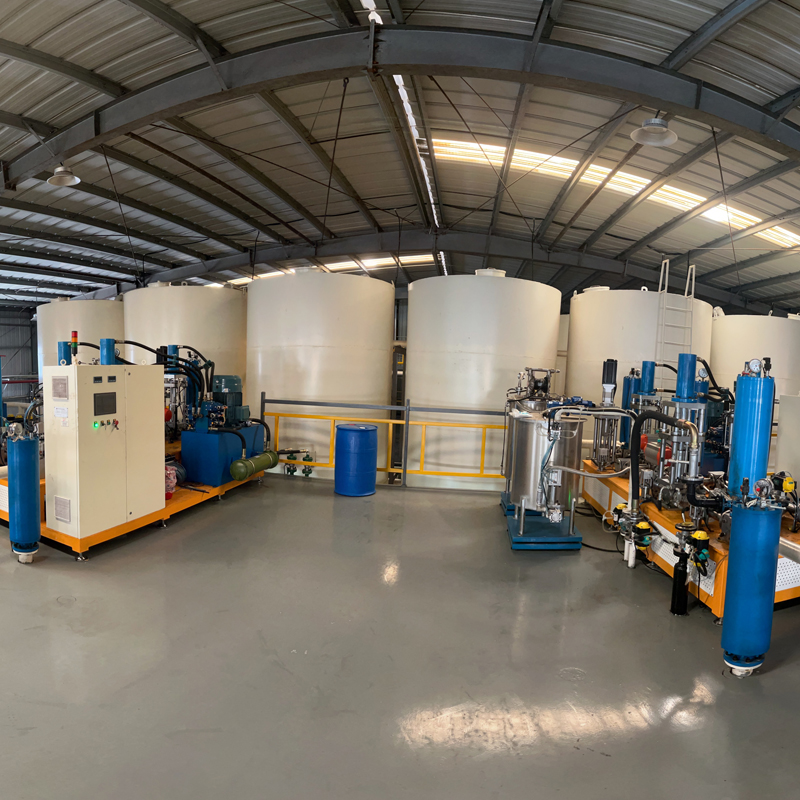
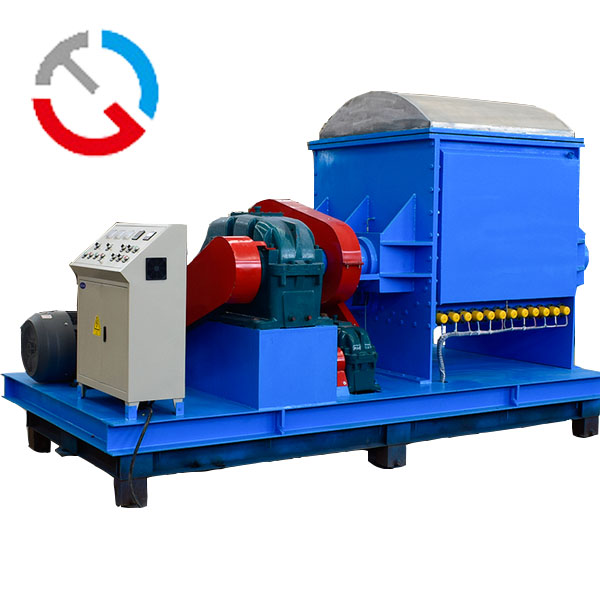
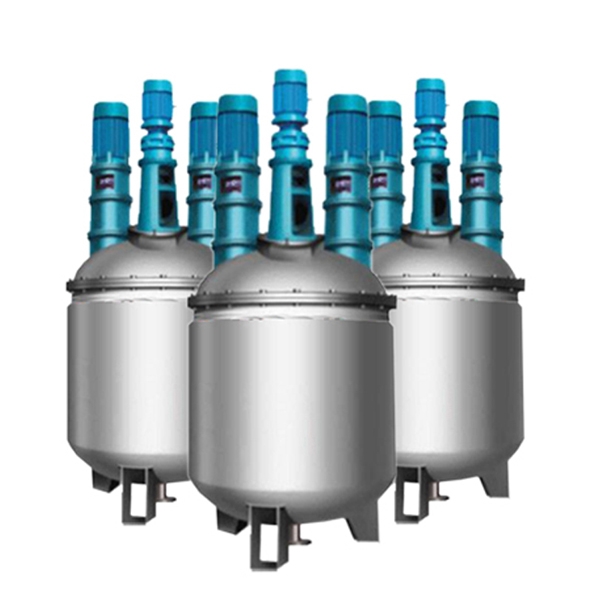
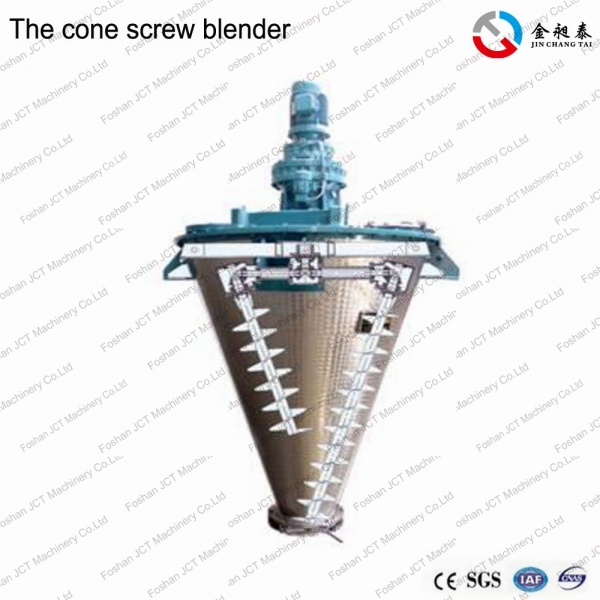


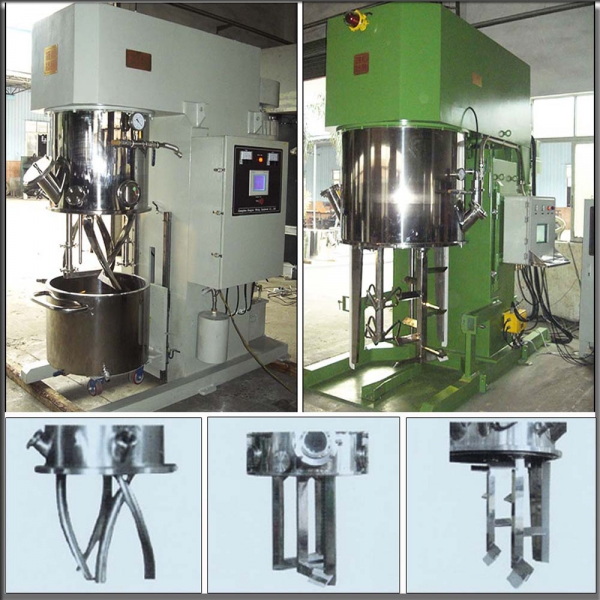





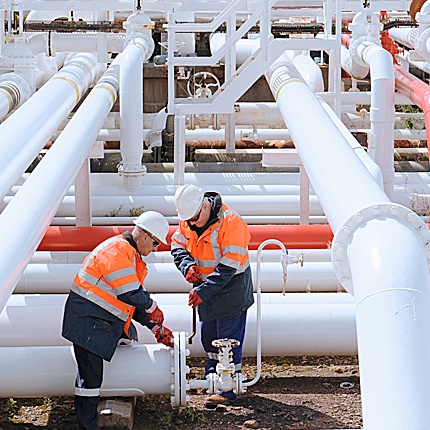

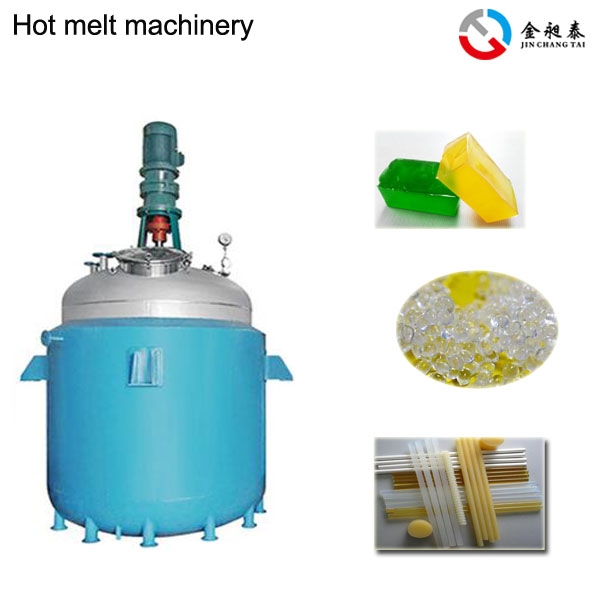
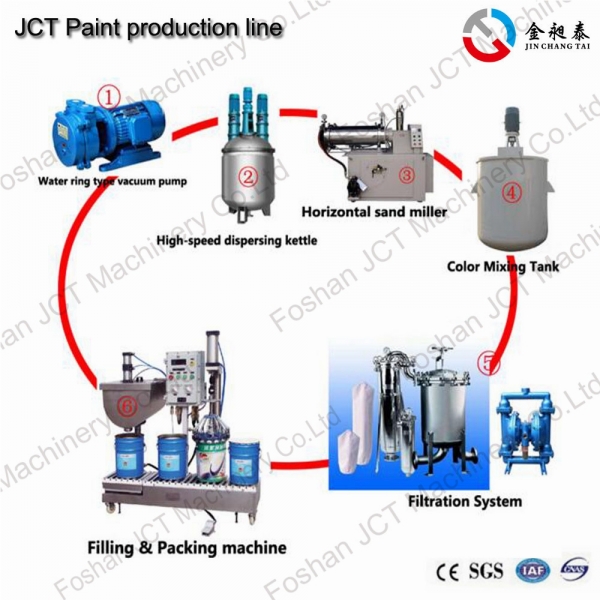
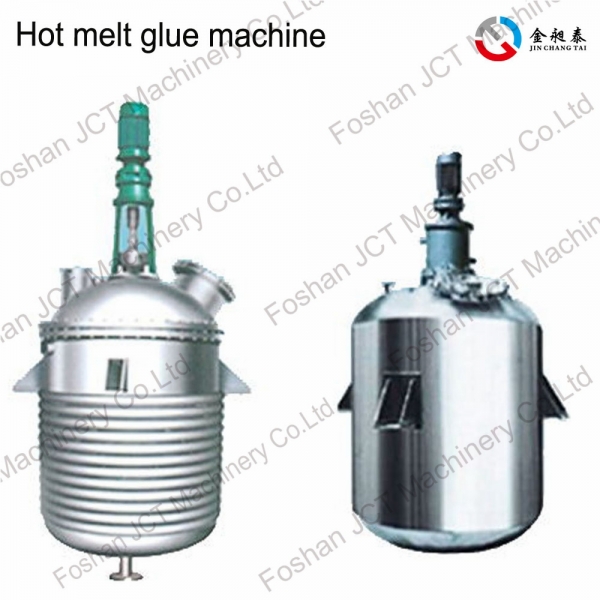
 CN
CN
 HOME
HOME

 What is the sealed environment of the reactor?
What is the sealed environment of the reactor?  You May Also Like
You May Also Like
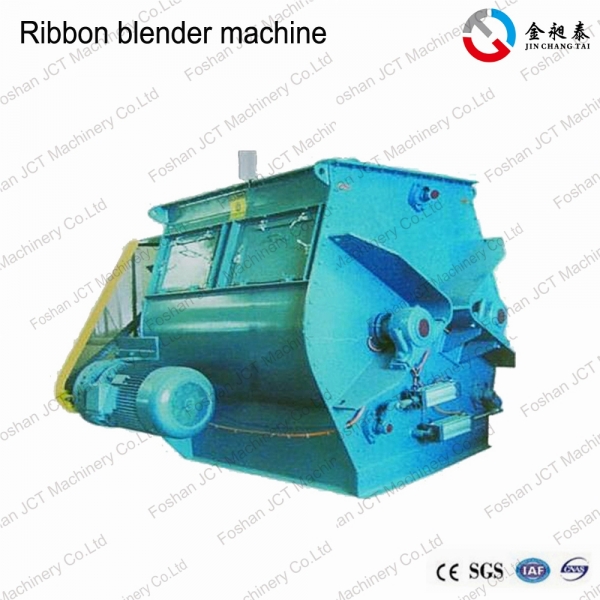

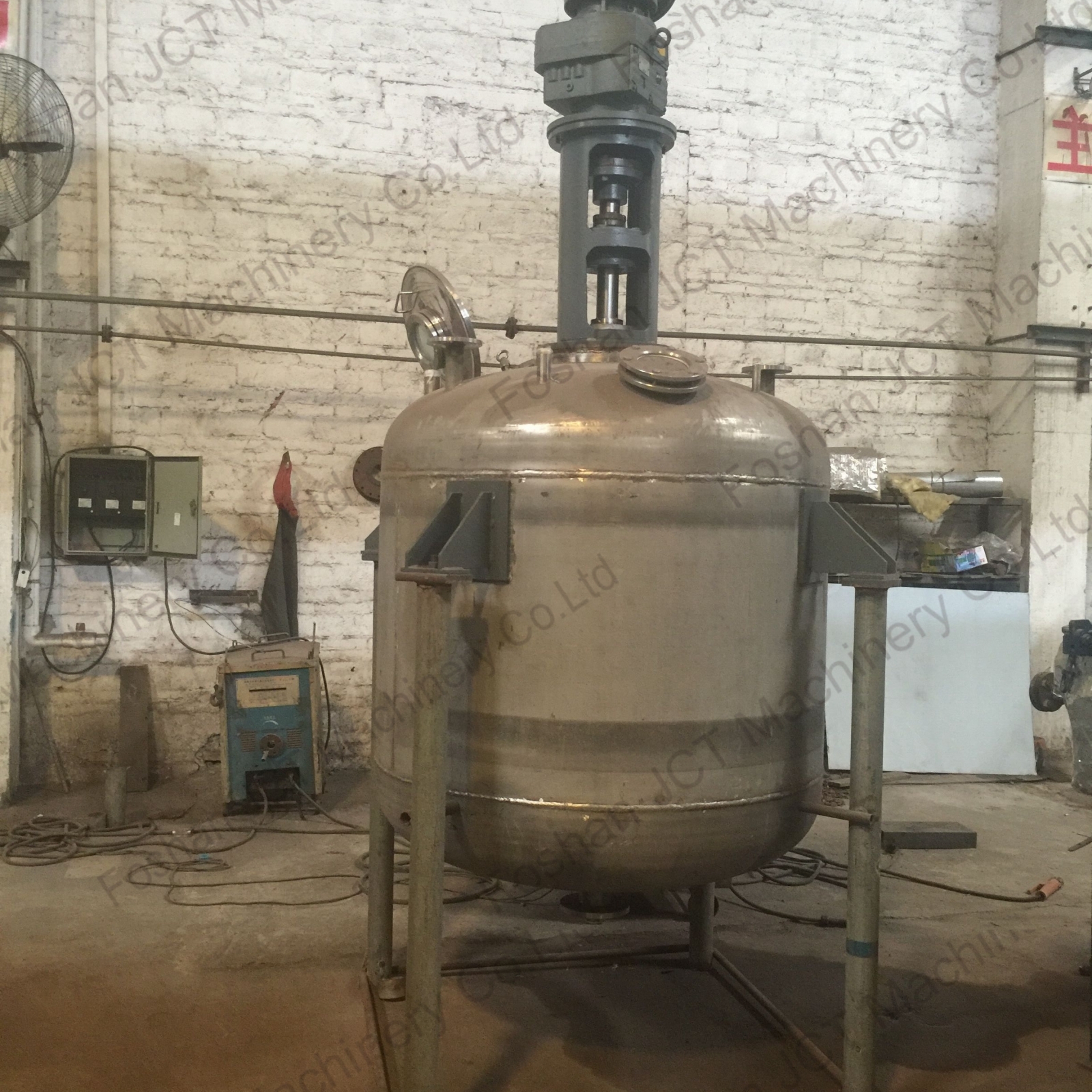
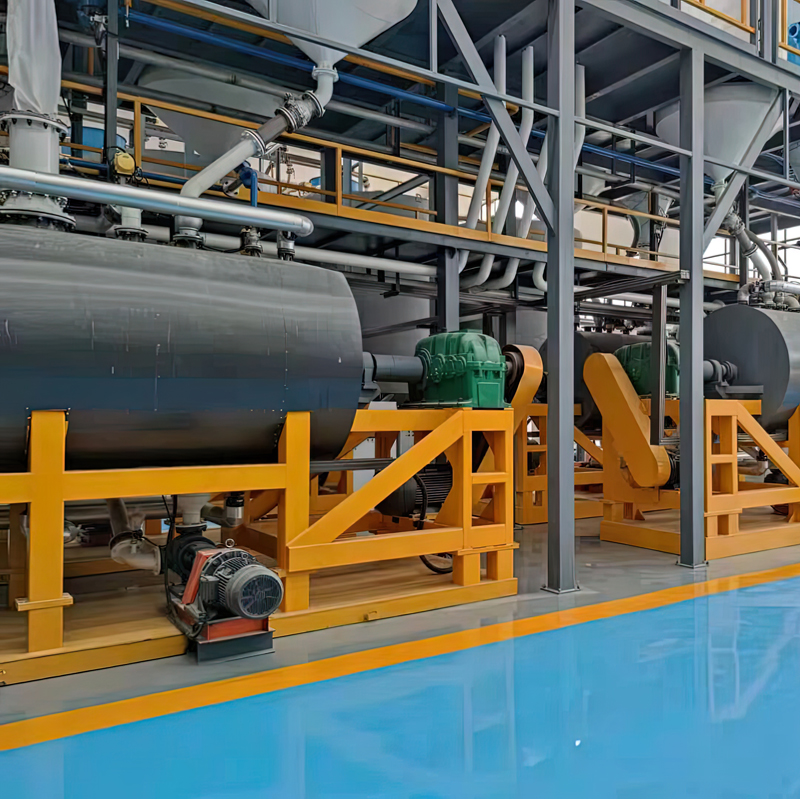
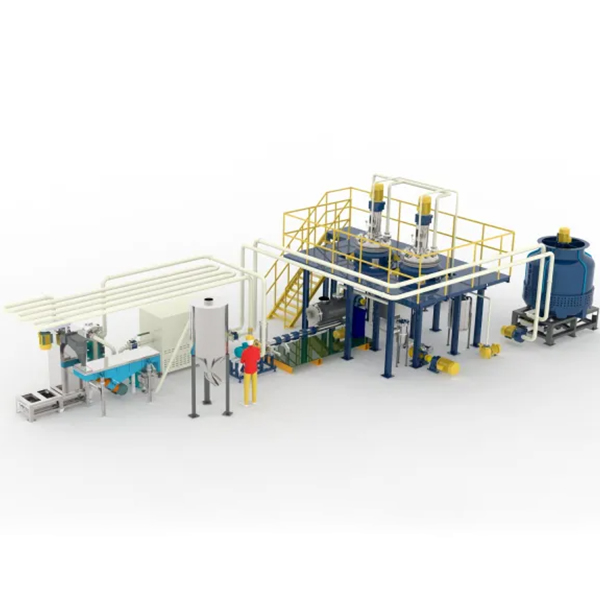

 Tel
Tel
 Email
Email
 Address
Address










